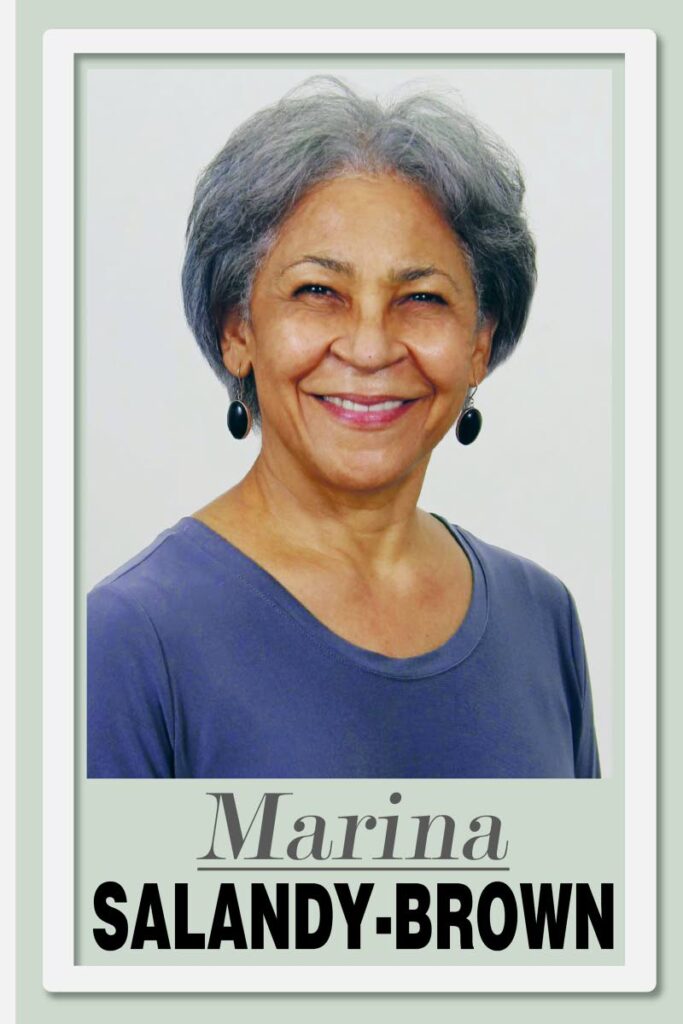22 Minutes Ago
 –
–
The Times reported recently that in Britain people have to drink alcohol to summon up the courage to dance. I would wager that is true nearly everywhere.
I used to admonish the British for their reluctance to respond physically to the rhythm of jazz, blues, a cha-cha-cha or bossa nova. How could you be inert when a melodious, rhythmic beat is pulsing away? Tapping a foot or moving your hips in time to the music is surely natural and irresistible.
Admittedly, most classical, operatic or choral music is more a pure listening experience.
It’s not to say Brits did not dance. Young people danced together to pop and reggae; older couples thought nothing of doing a foxtrot at home or on the dancefloor. The middle-aged went to special venues on weekends with friends or partners and danced till late. There were and still are folk-dancing events, such as ceilidhs.
In truth, most people loved dancing, although some were too self-conscious to indulge, so TV programming was full of dance shows.
People who dislike dancing always existed; similarly those who genuinely lack rhythm and sit on the sidelines wishing they were on the dancefloor.
But in every country in which I have ever lived, including those in the Middle East, music excites people to respond physically. Music speaks to us in a way nothing else does. It is a language we all instinctively know. Every culture has a dance that best expresses the “soul” of the people, and it is always just under the surface, sometimes ready to burst out at the slightest encouragement.
In Tel Aviv one morning, as I had my microphone trained to record ambient sounds for a BBC programme about Israel’s birth, a youngish woman approached and, unasked, sang a beautifully melodic song in Ladino – an old Romance language (Judaeo-Spanish) spoken only by Sephardi Jews – into the mic. It completely changed my experience of the city and reminded me of how the Jewish people, before they lived as besieged Israeli citizens, were once integral to the entire Mediterranean, and of their influence on the popular cultures and economies of the entire old world.
In Jamaica one night, for a BBC programme about Marcus Garvey, I wandered into lower Kingston, ready to record anyone who would speak to me. I happened upon an elderly man who was once a member of Garvey’s Universal Negro Improvement Association. Unasked, he sang the UNIA anthem, word for word.
Up to that point in my research I had been unaware of a song that moved the hearts and minds of Garveyites. Another American Garveyite related how they had marched through the streets of 1920s Harlem to the sound of music written to make their voices soar.
I am not sure how, when or why it happened, but people stopped dancing together. Maybe it is down to the new genres of music. Punk, tech and rap are not exactly sweet music.
I first noticed it in Tokyo. Weirdly, rows of young people danced with their own images reflected in mirror-clad club walls. In Europe, boys and girls once squeezed one another in discos, they raved; but there were quieter tracks to which they danced together as partners, “rented a tile” and gyrated on the spot. They even fell in love to soulful music.
Of course, there comes a time when people stop doing the clubs, but I am reliably informed that no one dances with a partner any more. It’s all a rave.
I longed to return to TT just to see Trinis express that oneness with the beat, only to find here, too, we had stopped dancing spontaneously and young people danced apart. Carnival fetes had become concerts where everyone faced the stage, waving flags and rags. The only people moving together were spooning couples and those wining, equivalent to simulated coupling. The conga line and an Abba track seem to be the only occasions when the average Trini rushes to dance, usually at weddings. In the panyard, only ole-timers dare to move to the rhythm. Tapping your feet seems to be all that is acceptable nowadays.
Needing alcohol to reduce social anxiety is not news, but I was surprised to read that in Britain, two in five 18-24-year-olds resort to alcohol to begin to dance and one in three older people admitted to using it to mask their shyness. “Older people have less shame about their dad dancing,” is what the Times reported.
Who would ever have associated shame with dancing? Certainly not Latinos, with their vibrant afro-influenced rhythms. I can happily report that Latin Americans, though not totally untouched by modern trends, are much more likely to dance at the drop of a hat, without shame or alcohol. Bravo!
